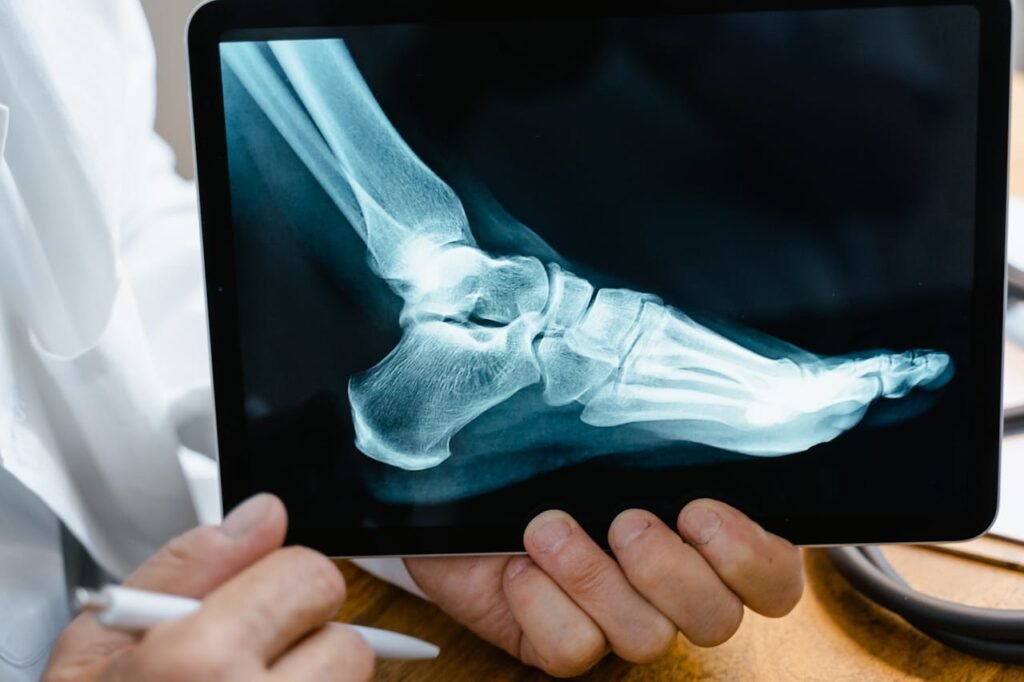Minimally invasive surgery (MIS) represents a significant advancement in orthopedic medicine, offering patients quicker recovery times, less pain, and fewer complications than traditional open surgeries. As the healthcare landscape evolves, so does the role of Physician Assistants (PAs) in these intricate procedures. Traditionally, PAs have been crucial in preoperative preparation and postoperative care, but their involvement in MIS procedures has grown both in scope and importance.
With their extensive training in surgical protocols and patient management, PAs are ideally positioned to support surgeons during these procedures. By handling everything from the setup of advanced imaging equipment to assisting during the actual surgery, PAs help streamline the process, ensuring that surgeries are both effective and efficient. This role not only maximizes the skills of the surgical team but also improves patient outcomes.
The integration of PAs into minimally invasive orthopedic surgeries reflects a broader shift towards team-based medical practices. This approach leverages the unique skills of each team member, enhancing the surgical process while adhering to the highest standards of patient care. As these techniques become more widespread, the synergy between surgeons and PAs will likely become a cornerstone of successful orthopedic departments.
Training and Certification for PAs in MIS
To participate effectively in minimally invasive surgeries, PAs must undergo specialized training that goes beyond their standard medical education. This training typically includes advanced coursework in anatomy, surgical techniques, and the use of surgical tools and imaging technologies. Many programs now offer simulation-based training, which allows PAs to hone their skills in a risk-free environment before entering the operating room.
Certification processes have also evolved to include competencies in minimally invasive procedures. These certifications ensure that PAs possess not only the theoretical knowledge but also the practical skills necessary for these demanding roles. Continuing education plays a crucial part in maintaining these certifications, with PAs required to stay abreast of the latest technological and procedural advancements.
Hospitals and surgical centers often collaborate with educational institutions to provide ongoing training for their staff. These partnerships are vital in maintaining a workforce that is competent in the latest surgical innovations, ensuring that patient care is not compromised by the rapid pace of medical advancements.
The Role of PAs in Enhancing Surgical Efficiency
In minimally invasive orthopedic procedures, the role of PAs is multifaceted, extending from patient preparation to intraoperative assistance and postoperative care. By taking on these diverse roles, PAs relieve surgeons of numerous routine tasks, allowing them to focus more on the critical aspects of the surgery. This division of labor not only enhances surgical efficiency but also reduces the likelihood of errors.
During surgery, PAs ensure that all surgical instruments are handled correctly and that the surgical environment is optimized for success. Their ability to anticipate the needs of the surgeon and react swiftly to changing situations is a testament to their training and experience. This proactive involvement helps minimize surgery times and maximizes the use of operating rooms, which is crucial in high-volume surgical centers.
Postoperatively, PAs monitor patients closely, managing pain and coordinating rehabilitation efforts. Their continuous presence and familiarity with the patient’s surgical and recovery journey allow for a personalized approach to care, which is often cited by patients as a key factor in their satisfaction and overall outcome.
Collaborative Practice Models: PAs and Surgeons Working Together
The collaborative model involving PAs and surgeons has proven to be particularly effective in the realm of minimally invasive techniques. By working closely together, PAs and surgeons can streamline the preoperative, intraoperative, and postoperative phases, enhancing the overall surgical workflow. This team-based approach not only improves patient outcomes but also optimizes the utilization of hospital resources.
Such models of collaboration are supported by institutions like Collaborating Docs, which facilitate the integration of PAs into medical teams, ensuring they are matched with physicians whose specialties align with their skills and career goals. This synergy is crucial in settings where cutting-edge surgical techniques are routinely employed.
The effectiveness of these collaborative practices is also evident in educational settings, where PAs receive training tailored to the specific needs of the surgical team they will join. By aligning educational outcomes with clinical requirements, the healthcare system ensures that PAs are not only well-prepared theoretically but are also ready to meet the practical demands of modern surgical environments.
Technological Advancements and PA Involvement
Technological advancements in orthopedic surgery, such as robotics and advanced imaging techniques, have significantly changed how surgeries are planned and performed. PAs are often at the forefront of incorporating these technologies into clinical practice, given their technical proficiency and adaptability. Their involvement is crucial in settings where precision and efficiency are paramount.
PAs play a pivotal role in operating robotic surgical systems, for instance, which are increasingly used in joint replacement surgeries. Their expertise in managing these systems during surgery improves precision in implant placement, which can lead to better patient outcomes and longer-lasting prosthetics. This technical skill set is part of what makes PAs such valuable members of the surgical team.
Moreover, the use of advanced imaging techniques before and during surgery allows PAs to assist in the accurate assessment of the surgical site, ensuring that minimally invasive approaches are used effectively. This ability to integrate new technologies into clinical practice not only enhances their role but also pushes the boundaries of what can be achieved in orthopedic surgery.
Future Prospects: Expanding the Scope of PA Roles
As the field of orthopedic surgery continues to evolve, so too does the role of Physician Assistants within it. The future will likely see PAs taking on even more significant roles in the planning and execution of minimally invasive procedures. This progression will necessitate ongoing education and adaptation to new technologies and surgical techniques.
The potential for PAs in leadership positions within surgical teams is also expanding. As experienced PAs demonstrate their value and reliability in surgical settings, opportunities for them to lead teams, design patient care protocols, and participate in surgical innovation projects are increasing. This shift not only highlights the growing recognition of PAs’ capabilities but also enhances the quality of care provided to patients.
Looking ahead, the integration of artificial intelligence and machine learning in surgical planning and execution presents yet another frontier for PAs. These technologies promise to further refine surgical techniques and outcomes, and PAs will be crucial in translating these advancements into everyday clinical practice. As orthopedic surgery becomes more complex and technologically driven, the skills and expertise of PAs will be more indispensable than ever.
Photo by Tima Miroshnichenko:













